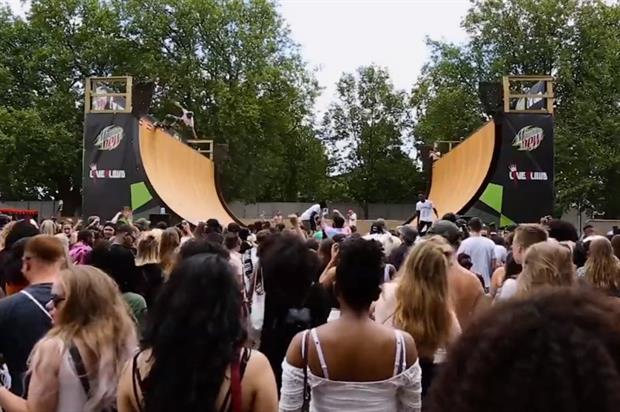via Brand Channel
In the wake of McKinsey’s purchase of the product design firm, Lunar, IBM’s $100 million investment in design and UX talent, and countless companies scrambling to bring design talent in-house, it seems like the corporate world is teeming with design.
Companies are re-examining the role of design beyond visual identity development and packaging for their brands and more as a way of thinking and a path to solving problems—experimenting, re-inventing and ultimately making products, services and experiences better positioned to serve customers.
PepsiCo is the latest company to come out in support of “design thinking” and to make a case for investment in design. In the September 2015 issue of the Harvard Business Review, PepsiCo CEO Indra Nooyi describes using design thinking to “rethink the entire experience, from conception to what’s on the shelf to the post-product experience.” Nooyi describes that, although early days, she believes her approach has “delivered great shareholder value while strengthening the company for the long term.”
What’s interesting is not just this public declaration of “design” as a corporate strategy, but also how the interview explores whether the new order at Pepsi is in fact “design thinking” or “innovation.” It’s an interesting discussion on concepts that the business world is still grappling with, but dwelling on definitions relegates these ideas to corporate buzzword status and misses the point—the opportunities that pursuing these ideas can create for a business.

For companies like PepsiCo, encouraging, and even mandating, a perspective that insists on customer experience and empathy can lead to richer insights, more on-point products and clearer strategies to deliver them by helping brands connect to what customers find compelling.
Pepsi is using this approach as a means to be more relevant and distinctive in the categories in which the company, which is still focused on “performance with purpose,” competes. Nooyi is inspired not by the theory of “design thinking” but rather the early success the company is seeing by tightening focus on customers while opening up its culture and internal processes.
PepsiCo’s chief design officer, Mauro Porcini, comments in a separateQ&A in that same HBR issue, “Design is more than the aesthetics and artifacts associated with products; it’s a strategic function that focuses on what people want and need and dream of, then crafts experiences across the full brand ecosystem that are meaningful and relevant for customers.”

It might seem curious to some that design has started driving strategy at companies like PepsiCo. But instead of seeing a shift in departmental influence within organizations and a left-brain vs. right-brain debate, what can emerge is a more adaptable, balanced and human-centric way to problem-solve and build brands. Ultimately, strategy must live in a business context while delivering value in a customer context.
For strategists, this simply means the toolbox is getting bigger and the call to collaborate has never been stronger. The design process leaves room for taking inspiration from across disciplines—not just “strategy” or “design” but also science, culture and history. Strategists must engage customers and colleagues alike to uncover insights. The good news: We are uniquely positioned to put those insights to work in the financial and cultural realities of a business in order to design great strategy—and great brands.




